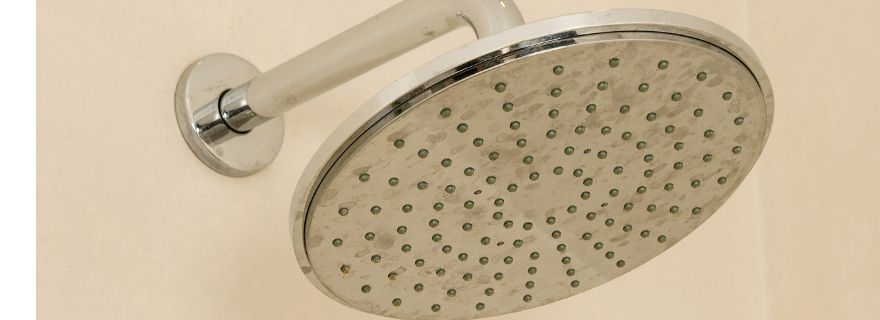A penny saved may be a penny earned, but a gallon of water saved will equal nearly ten gallons of water over the next 10 years.

A new long-term master plan for Tampa Bay Water (TBW) will be considered in December 2018 with the potential to include conservation and enhancements to current facilities rather than building new water treatment plants – at about 10% of the anticipated cost.
Tampa Bay Water applied to the Southwest Florida Water Management District for a block grant in early October, with plans to have a regional conservation program in place by April, with implementation actually beginning in early 2020. The hope is that the region will use one consistent marketing theme – still to be determined – but offer about a dozen conservation strategies for their constituents through its member governments.
The Tampa Bay region already has low single-family per-capita water use, but there’s still room for savings in various areas, notes Dave Bracciano, TBW’s demand management coordinator. Details have not been finalized, pending input from member governments, but toilets are likely to be on the list.

“The toilet in a house built before 1983 probably uses five to seven gallons per flush,” he said. “Between 1983 and 1994, the building code called for no more than 3.5 gallons per flush, and since 1994, the maximum has been 1.6 gallons per flush.”
TBW has worked with member governments information using a sophisticated database that estimates “decay rates” for those older plumbing products that are being replaced naturally, including locations where member governments have provided rebates and identifies where higher-efficiency products can still be installed. “This focus on specific areas for program implementation makes incentive programs more effective. To some degree, there have been higher efficiency toilets being installed in single family homes, but there has been less focus on multi-family and rental properties as well as commercial water uses,” he said.
Homeowners, of course, save the money they spend on water-efficient products but that’s not typically true for someone who rents, he said. “If we can get to the property owners and incentivize large-scale changes so it affects both the owners and the renters, it’s a win for all.”
Irrigation and other outdoor uses – which account for about half of the water needed during dry seasons – also is targeted in the proposed plan. “One of the programs we’re looking at cost-effective alternatives to potable water for irrigation, including surface water, shallow wells, cisterns and other sources, Bracciano said.

Commercial users also may see significant savings, but require a bit more focus on the bottom line and payback periods. Drawing upon his experience in working with national groups, Bracciano cites cooling towers on commercial buildings as an example for significant potential savings.
“Cooling towers generally are large water uses in commercial buildings and the water is typically used just twice before it’s discharged. Adjusting that could save an enormous amount of water but nationally there hasn’t been a lot of market penetration, so we are keeping our estimates of market penetration rates low.”

Locally, Tampa Bay Water and its member governments will be working with organizations like Building Managers and Owners Association to detail the savings available to them – and to the rest of the region, he said. “It’s all about regional conservation and the big picture,” adds Ken Herd, TBW’s interim chief science and technical officer. “We all benefit if we can defer the need to develop expensive new supplies.”
That said, Tampa Bay Water will keep a close eye on how quickly demand increases as the population grows, particularly in south Hillsborough County. “We’ll probably need to expand capacity there just because that area is growing so quickly,” Herd said. Watching trends as conservation incentives are set also will give the agency lead time to develop new capacity in addition to conservation initiatives if necessary.
By Vicki Parsons, originally published Nov. 1, 2018
